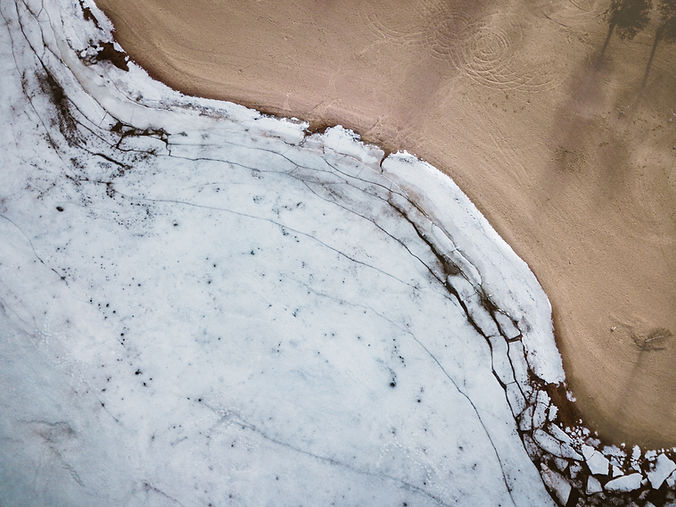Lauren Xie

Digital Marketing and Communications
As a Digital Marketing and Communications Intern, I supported the Director of Marketing and Communications for the SCU School of Engineering in updating the School of Engineering website to accurately display information related to upcoming events, department program information, and faculty directory pages. I also supported the Director of Marketing and Communications on other projects like an AR tour which showcases the different aspects of the Engineering school and kickstarted the transition of paper business cards to NFC smart cards for faculty and staff.
AR Tour
Outside of web updates, I want to dive deeper into the creative projects I worked on as a Digital Marketing and Communications Intern. As mentioned before, one of these projects was an augmented reality (AR) tour. The idea behind this tour is that prospective students and families who come to campus during off-hours and when tours are not provided can still experience some of what the School of Engineering has to offer. The AR tour I worked on was a demo that would be used to pitch to the Dean of the School of Engineering in order to receive approval for a larger-scale tour. We wanted the demo to contain different types of media to showcase the school. Below are the different components I made to develop the AR tour.
Since this tour is a demo for the dean, it is not a publicly available tour and thus cannot showcase the demo; however, I can share the different components individually. Click the different components below to learn more about what each component is.
Components of the tour

Irrigation graphic
This is one of the components from the AR tour demo I made. This is a GIF of the irrigation system SCU uses to water the plants to keep the campus green and beautiful. We wanted to showcase this feature to highlight the Civil Engineering department during the tour demo but also to connect the 2 STEM buildings on the tour. The irrigation feature forces the user to go outside and in between the 2 buildings, the Sobrato Campus for Discovery and Innovation and Heafey Hall, as seen by the orange arrow in the image below. I made this UX choice on purpose to help guide the flow of the tour more smoothly since there are stops in both buildings.


3D Model
Creating this component was a new experience for me since I had never created anything in 3D before nor had I worked with 3D models before. In order to even start, I had to familiarize myself with Blender, the free 3D software tool by practicing with some of the tutorials on YouTube.
From there, I started working on the frog model. I used a YouTube tutorial as a base, and later made my own modifications to the model based on my supervisor's suggestion and my own personal aesthetic, like the color or the heart and text.
The most difficult and confusing aspect of creating the frog 3D model for the AR tour demo was exporting. The different tools and modifiers like beveling and mirroring, to name a couple, were easy to pick up. Exporting, however, was a little confusing because of the different settings and exported file types a model can have for different uses. For this frog, I needed to export 2 different file types because each for their own use. I exported the model first as a STL file for 3D printing, since for the AR tour demo, the idea was to have both a digital model and a 3D printed one at the actual lab. I also exported the model as a GLB file for the digital model used in Adobe Aero which already contained the materials like colors and textures and modifiers information in the GLB file.
My Learnings
My time as a Digital Marketing and Communications Intern at Santa Clara University taught me many things. It help me develop my professionalism in communicating with my co-workers, boss, and other stakeholders like parents, students, and faculty, and proper and thorough documentation. Since many of the projects I was working on as an intern would continue to develop even after my employment term was completed, I had to create documentation on my work - how it was created, how to continue, tips and other notes about programs or the process - as well as next steps. While it may seem simple to write, it was crucial that the documentation I wrote could be understood by anyone since it is not guaranteed the team after me will have the same background and level of understanding.
Another important aspect about working as a Digital Marketing and Communications Intern is that this position helped me express and develop my skills as a creative. As mentioned before, I worked on a few creative projects like the AR tour that allowed me to learn new skills (Blender) and practice ones I already had (Adobe Photoshop and Illustrator). In this space, I imagined and designed different works through an iterative process, allowing myself to comfortably determine what works and looks best.